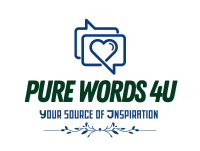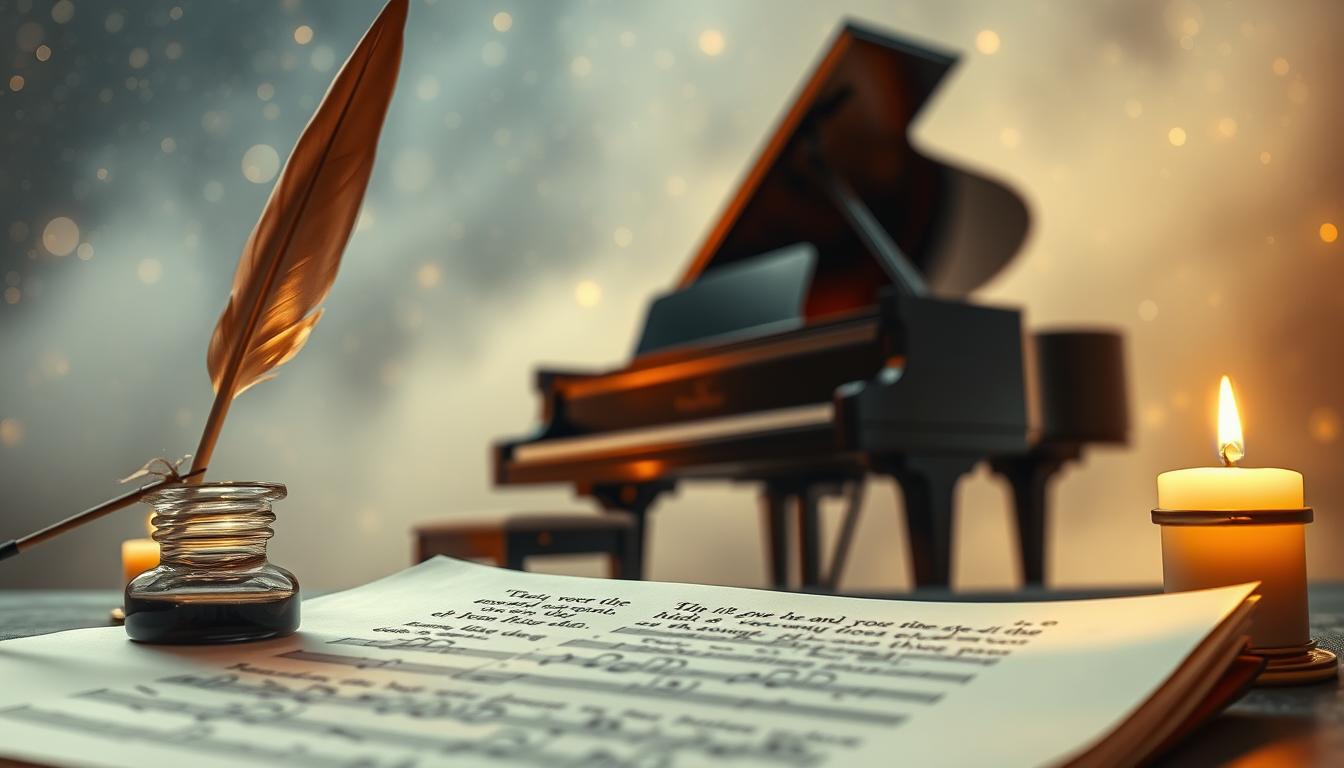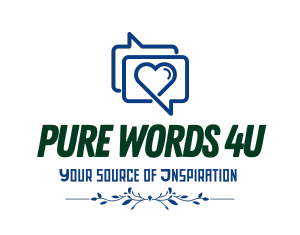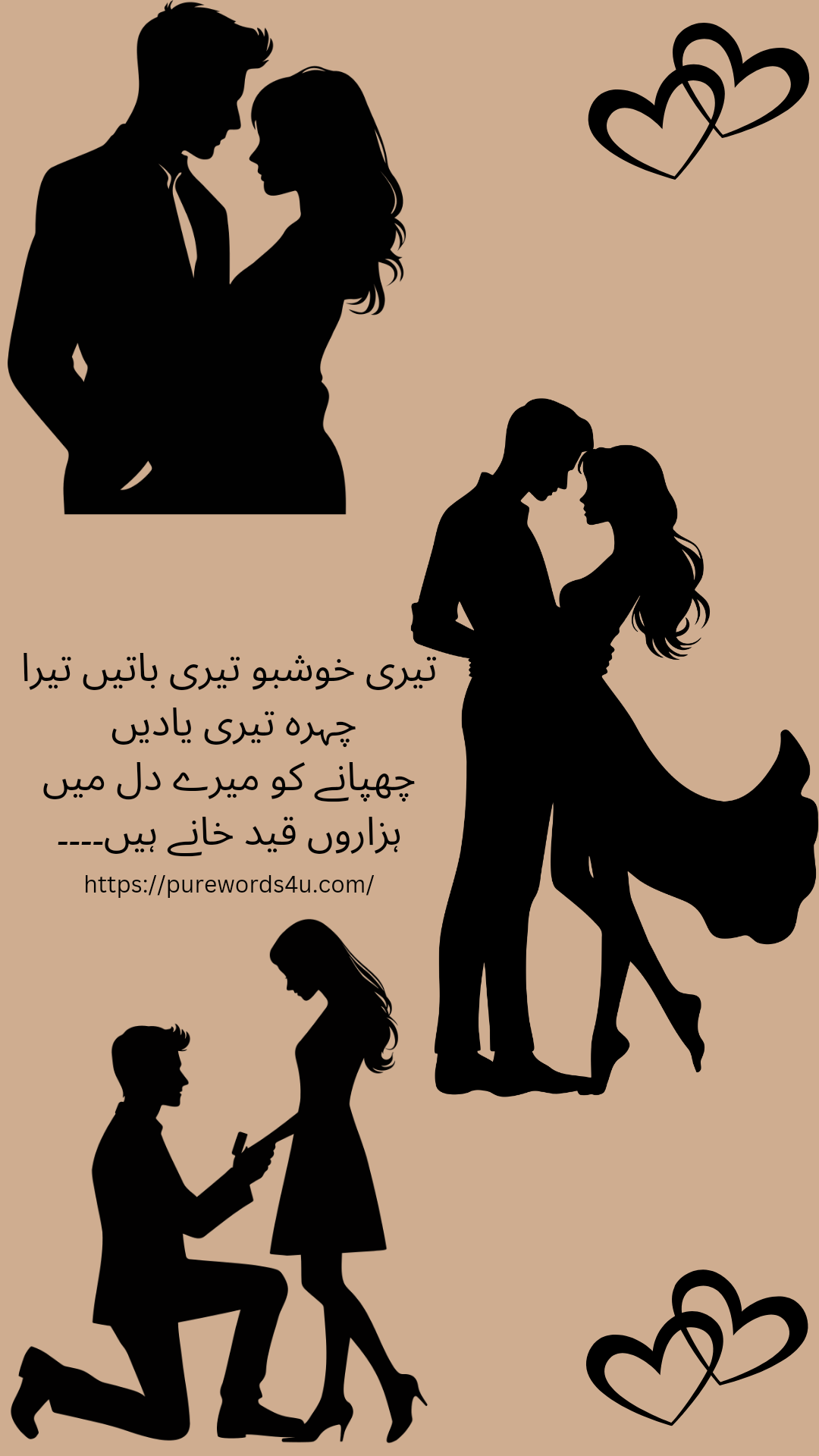How Poetry Corresponds with Music
The connection between poetry and music is as old as the arts themselves. Historically, poetry and music have been intertwined, with many ancient cultures employing rhythmic verse to convey stories and emotions.
From the lyrical ballads of medieval Europe to the contemporary songwriting of today, musicality in poetry has played a significant role in shaping the way we express ourselves.
The fusion of poetry and music creates a powerful medium for storytelling, allowing artists to convey complex emotions and ideas in a way that resonates deeply with audiences.
Key Takeaways
- The historical connection between poetry and music is rooted in ancient cultures.
- Poetry and music together create a powerful medium for storytelling.
- The musicality of poetry enhances emotional expression and resonance.
- Contemporary songwriting continues this tradition of intertwining poetry and music.
- The fusion of poetry and music allows for complex ideas to be conveyed effectively.
The Historical Bond Between Poetry and Music
The interplay between poetry and music has been a cornerstone of artistic expression for millennia.
This symbiotic relationship has evolved, influenced by various cultural traditions.
Ancient Origins: When Words and Melodies Were One
In ancient civilizations, poetry and music were inseparable. The Greeks, for example, used lyric poetry,
which was meant to be sung or recited with musical accompaniment.
The Lyric Tradition in Greece and Rome
The lyric tradition flourished in ancient Greece and Rome, where poets like Sappho and Pindar composed verses that were performed with music.
“The lyre was an integral part of Greek life, accompanying poetry recitals and public performances.
“ This tradition highlighted the importance of the interplay between words and melodies.
Evolution Through Cultural Traditions
As cultures evolved, so did the relationship between poetry and music. The medieval period saw the rise of troubadours,
who traveled and performed their own compositions, blending poetry and music.
From Medieval Troubadours to Modern Songwriters
The tradition continued through the ages, influencing modern songwriters. Many contemporary musicians draw inspiration from the poetic traditions of the past,
creating a seamless link between ancient and modern artistic expressions. As Bob Dylan once said,
“A song is like a painting, it’s like a poem, it’s like a photograph.”
How Poetry Corresponds with Music: Elements of Connection
At the heart of both poetry and music lies a common language, comprising rhythm, sound, and structure, which facilitates their connection.
This shared language enables the blending of poetry and music, creating a rich and expressive art form.
Rhythm and Meter: The Shared Heartbeat
The rhythmic patterns in poetry, known as meter, have a direct counterpart in the time signatures used in music.
Rhythm in poetry and music is the backbone that drives the emotional impact of both art forms.
How Poetic Feet Translate to Musical Time Signatures
Poetic feet, such as iambs and trochees, correspond to musical time signatures, like 4/4 or 3/4. This correlation allows for a seamless translation of rhythmic patterns between poetry and music.
Sound and Tone: Crafting Emotional Landscapes
The sound and tone used in poetry and music are crucial in crafting emotional landscapes that resonate with audiences. Alliteration and assonance in poetry are akin to melodic phrasing in music, creating a harmonious and engaging experience.
Alliteration, Assonance, and Musical Phrasing
The repetition of sounds in alliteration and assonance can be likened to the repetition of melodic phrases in music.
Both techniques contribute to the musicality of poetry and the expressiveness of music.
Structure and Form: Architectural Parallels
Both poetry and music employ structure and form to convey meaning and emotion. The sonnet, a poetic form,
has its counterpart in the symphony, a musical form. The use of structured forms enhances poetic expression through music.
Sonnets, Symphonies, and Patterns of Expression
The strict rhyme and meter of a sonnet can be compared to the structured movements of a symphony.
Both forms use patterns of expression to convey complex emotions and ideas.
| Element | Poetry | Music |
| Rhythm | Meter | Time Signatures |
| Sound | Alliteration, Assonance | Melodic Phrasing |
| Structure | Sonnets, Stanzas | Symphonies, Movements |
Harmony in Verse and Melody
The connection between poetry and music is a timeless one, with roots tracing back to ancient traditions.
As explored, their bond is built on shared elements such as rhythm, sound, and structure,
which together craft emotional landscapes and convey complex feelings.
The way poetry corresponds with music is evident in how both art forms have evolved together,
influencing each other through the ages. The musicality in poetry enhances its emotional impact,
creating a harmonious experience for the listener or reader.
This interplay continues to resonate in contemporary culture,
Many modern artists and poets are drawing on this rich heritage to create new works that blend the boundaries between verse and melody.
FAQ
What is the relationship between poetry and music?
How do poetic devices translate to music?
Can you give examples of how poetry and music have influenced each other?
What role does rhythm play in both poetry and music?
How do poets and musicians use structure to convey meaning?
What is the significance of the interplay between
Poetry and music in contemporary culture?
editor's pick
latest video
news via inbox
Nulla turp dis cursus. Integer liberos euismod pretium faucibua







